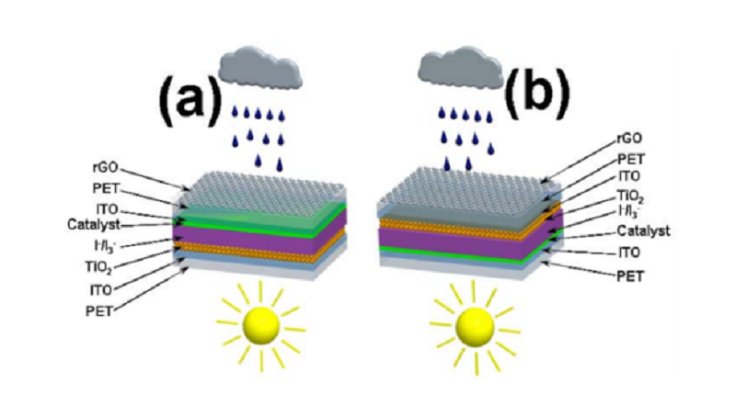Chinese scientists develop solar panels that work in sun & rain

Solar panels need sunlight for the photovoltaic cells to convert it into electricity. This makes solar panels more fit for the tropics where there is an abundance of sunlight.
However, scientists from the Ocean University of China in Qingdao and Yunnan Normal University in Kunming have developed a solar cell that could produce electricity using both light and water, reports Computerworld. It is a flexible dye-sensitised solar cell coated with a one atom-thick layer of electron-enriched grapheme.
Because of graphene's conductivity, by placing a one-atom thick grapheme layer, the excessive amount of electrons would move across the surface. If water is present, grapheme would bind its electrons with positively charged ions, also known as the Lewis acid-base interactions, wrote the researchers in Angewandte Chemie journal.

The graphene would then convert every raindrop into microamps and raindrops into hundreds of microvolts. But its 6.53 percent light/water electricity conversion rate makes the all-weather panel inefficient compared to the 15 percent energy conversion rate of solar panels. Laboratories, though, have developed panels with 22 percent conversion rate, but it is still in the development stage.
Despite the all-weather panel being inefficient and the high cost of manufacturing graphene, it could be an alternative to solar panels that register a 10 to 25 percent decline in energy production in places like the UK where there is more rain than sunlight. The researchers believe the all-weather cells could solve the energy crisis.





















